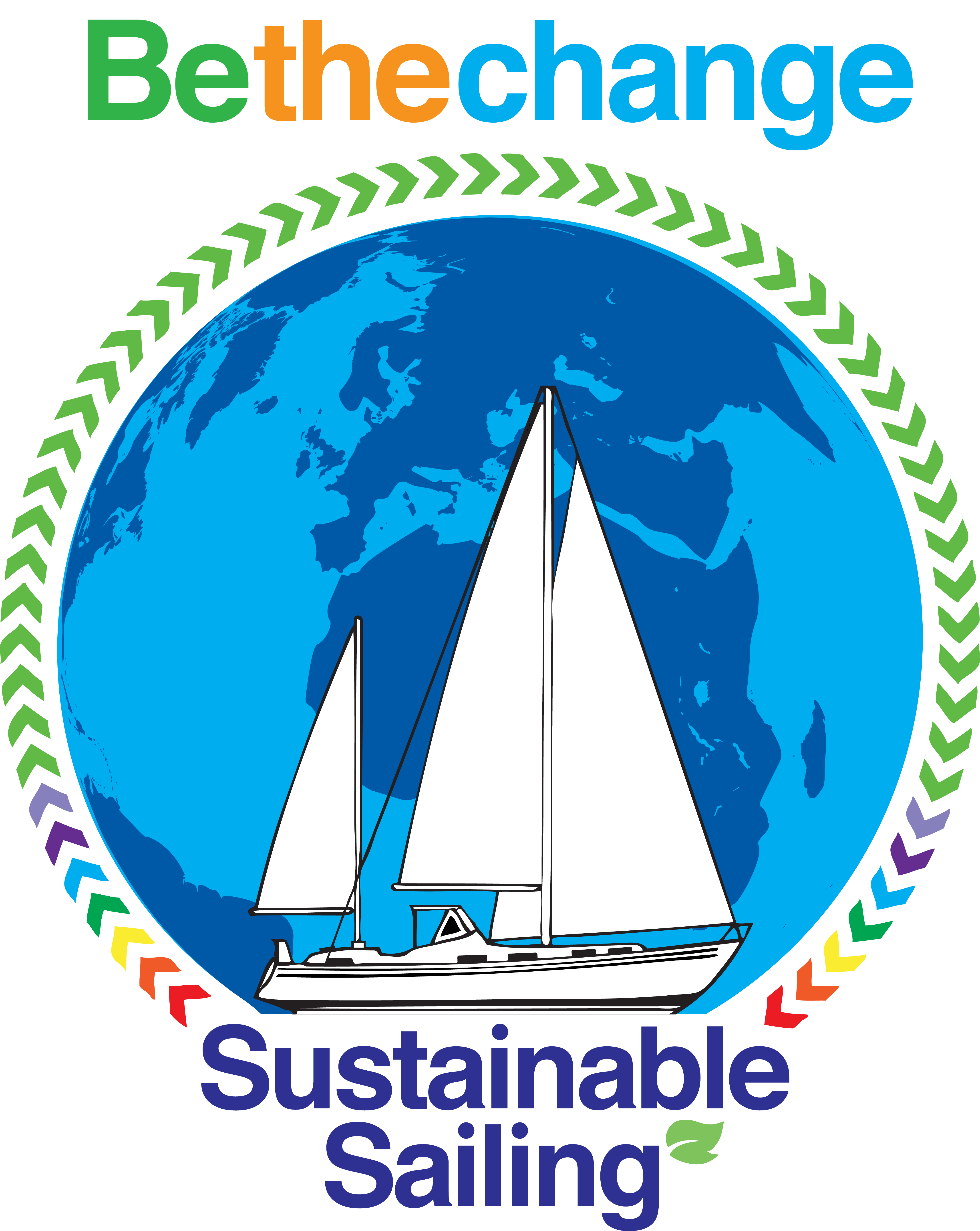Month: October 2021
-
The end of our saloon or end of half term or both?
We ended with a day of better weather and real progress. We were able to test the bow roller with the anchor despite not having been able to do any outside epoxy work all week. Our 30kg Spade anchor fitted nicely. And the remodelling of the saloon went through a further destructive stage. In the…
-
Our #TeamSeas video
Had to learn a lot more detail about rendering to get this one ready to upload. Anyway now available, enjoy, like, comment, subscribe and share 🙂
-
Another stormy day outside
In fact there has been so much rain that when we did leave the boat to use the clubhouse facilities our ladder was standing in a bit of a lake and we had to paddle. Despite this we decided to clear the port side of the saloon to improve the access for fitting our new…
-
Mixed bag progress
Today was definitely another no outside jobs day. So we went to Aldi in the morning and got soaked as we came out. In the afternoon we worked on different things. Dyneema Chainplates Jane started learning Dyneema splicing and after a practice, she produced our first real Mizzen chainplate: This works in this way. The…
-
Calm amidst the wind
Today is a deliberately slow day, a chance for us to do not a lot, mostly staying in our cozy cabin while the wind rages outside. Mostly Beaufort force 6 gusting to force 8 according to the Met Office. We did have a look at the bow roller, the dry fit has gone well although…
-
Boat refit tips episode 2: Cooking
Our next video is now available on YouTube. This is our 7th video on less than 4 weeks. Hope you enjoy it.
-
Does fly paper work?
Yes! Three strips of fly paper in the wheelhouse, all this full. Plus there were hundreds dead and dying all around them that I was able to vacuum up. Surely we must be close to solving this problem.
-
Refreshed look
Thanks to the wonderful help (again) of our friend Jules we have new branding imagery on our YouTube channel. I think it looks great. I’ve also updated the display of videos on the channel homepage and the text on the About page. This is really a bit of a celebratory response to a significant increase…
-
Bow roller getting to dry fit
Our next video is now on YouTube as we get to dry fit the new Bow Roller (biggest Rival Bow Roller in the world?). We even have Subtitles/Closed Captions this time. As we create new videos we are basically working at developing three playlists at the moment: Boat Refit Progress Low Footprint Sailing Boat Refit…
